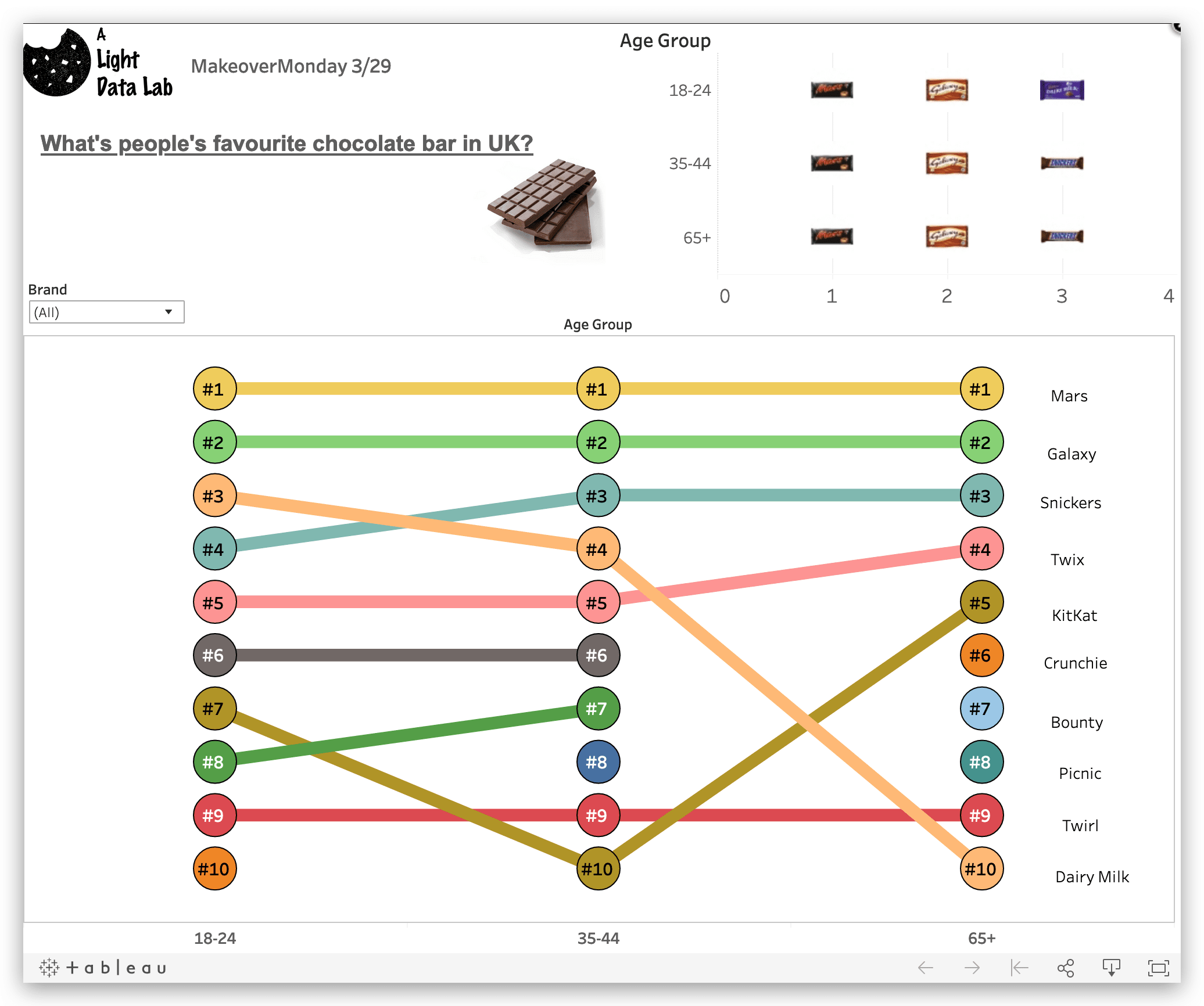My Blog v1
I have the domain aoliu.dev from Google Domian for a long time, which hosted my v1 blog using Jekyll. I created my first blog during the time I was finishing my master degree. I forked one of the templates repository and spent two nights trying to understand how Jekyll works. I don’t have any knowledge of HTML, CSS and Javascript at that time. So everthing was simple. You wrote your content as markdown, you committed to the website repository, Github automatically deployed it in several seconds.
No analytics, no formal QA procedure. Just a simple portfolio website.(You can still find it at here)
The website was kind of forgotton till it comes to the time when Google sent me my domain name renewal recipt.
“Wait, I got a blog website?”
Maybe there is a chance I could give it a better look.
Jerkll to Hexo
Then I found Hexo, which catches my eye with its abendent extension support with npm. Hexo also comes with a better community and a simple CLI deployment commend. Other than that, it shares a similar component like Jerkll. You can config your blog using yaml and write your blog using markdown with the support of code highlighting.
Building blog with confident
What is even better is Vercel. Once Hexo pushes to my staging branch on Github, Vercel will automatically pulls the branch and deploy it to my demo domain. After I’m satisfied with my changes, I’ll submit a PR to the master branch which will be deployed to the production environment.
Vercel guarantees the speed with their global CDNs and provides a HTTPS connection by default, all included within their free plan.
Time spent on migration
Similarly, it took me two nights to move my contents to my new blog. But now with some basic knowledge of web development, it was much easier for me to make some modifications to the template I got.
Blog Roadmap
It might sound funny to have a blog roadmap. Started as a place for data analytics, my plan is to expand its scope later on, where I can also wrote about trying new tech stacks, like Kubernetes. I’m also impressed by the power of Vercel, where you can build your serverless API and JS apps. There are always a lot of staff to explore!
But for now, I’ll call it a post and try to fix some dead pic url from my old blog. Stay tune!













